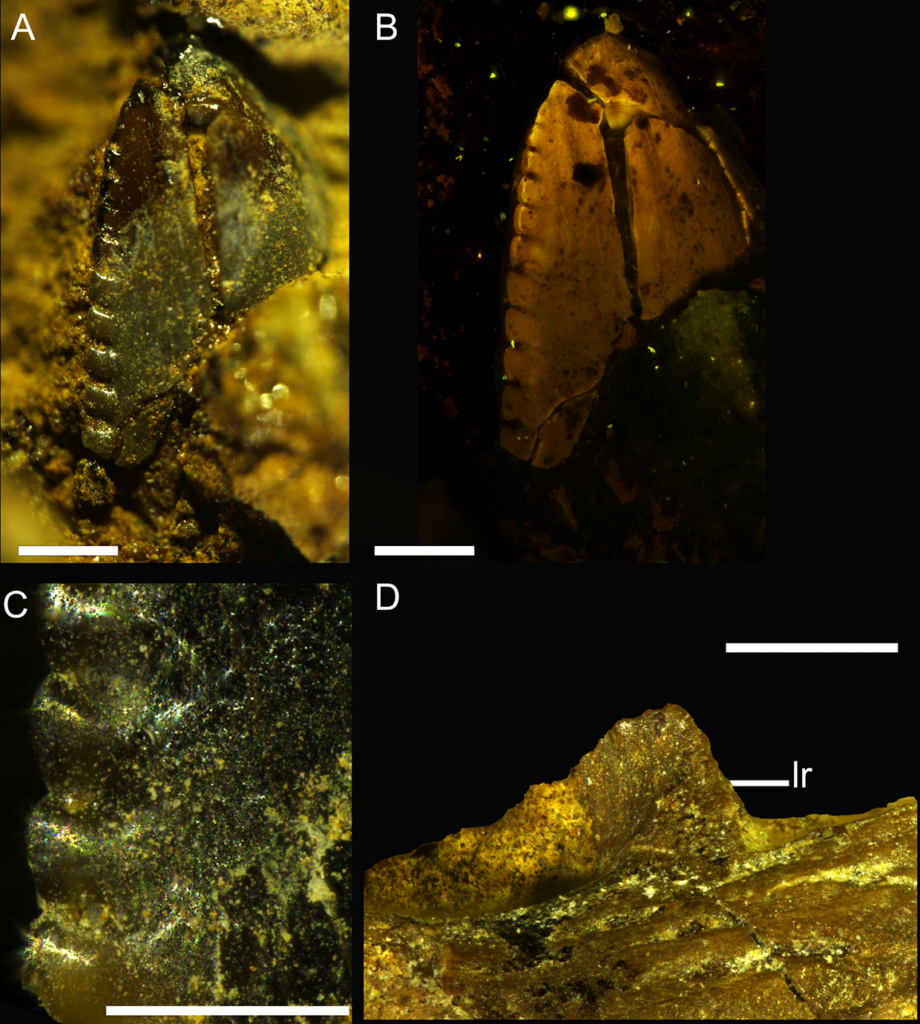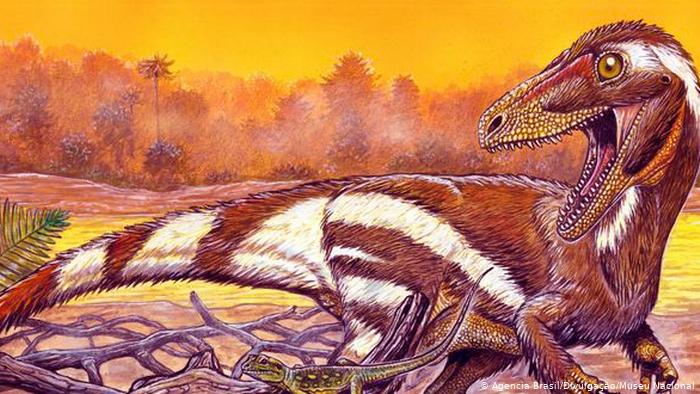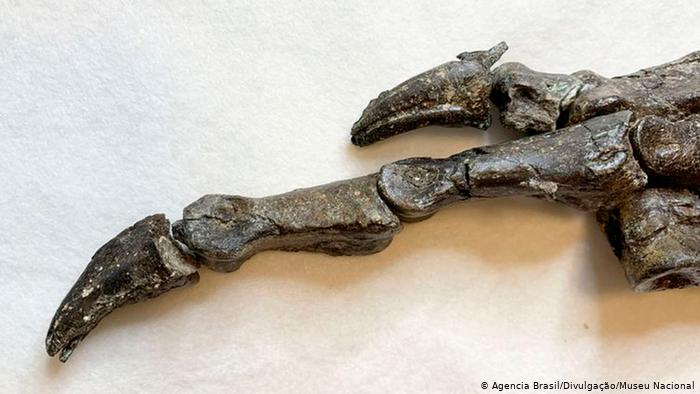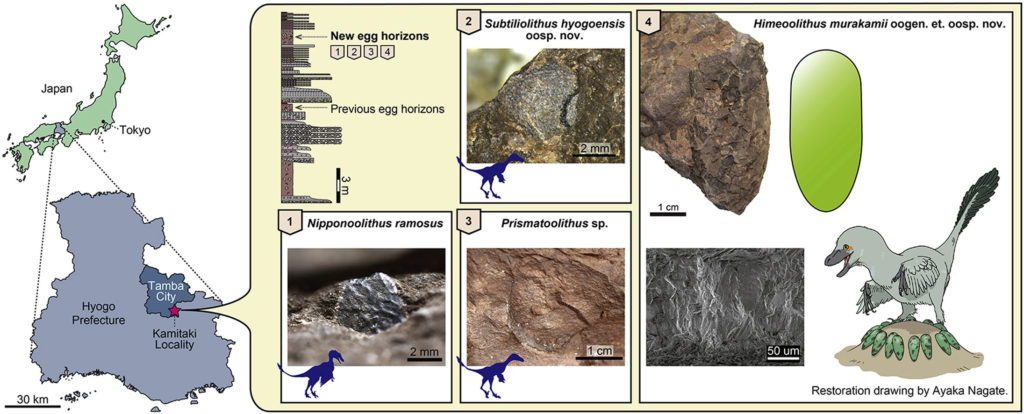@WFS,World Fossil Society,Riffin T sajeev,Russel T Sajeev
The internal structure of a 429-million-year-old fossilised trilobite eye is almost identical to that of modern bees, researchers say.
The principles of vision in many insects and crustaceans today are at least half a billion years old, the findings suggest.
Researchers used digital microscopy to re-examine a fossilised trilobite, Aulacopleura koninckii, that was discovered in 1846 near Lodenice, Czech Republic.
Trilobites are a group of extinct marine arthropods – invertebrate animals having an exoskeleton, a segmented body, and paired jointed appendages.
The fossil is 1–2 millimetres high, with two protruding semi-oval eyes on the back of its head, one of which has broken off.
They include their visual units known as ommatidia (measuring 35 micrometres in diameter) that contain light-detecting cells grouped around a transparent tube called a rhabdom.
The researchers suggest that a dark ring surrounding each individual visual unit is made from pigment cells that acted as barriers between them.
Each visual unit is topped with a thick lens and the remains of what the authors suggest is a flat crystalline cone that light passed through before being focused on to the rhabdom.
They say that the small size of its visual units indicates that A. koninckii lived in bright, shallow waters and was probably active during the day, as smaller diameter lenses are efficient at capturing light under bright conditions.
And the presence of pigment cell barriers between visual units suggests the trilobite had mosaic vision, with each visual unit contributing a small portion of the overall image, similar to the compound eyes of many modern insects and crustaceans, they said.
The authors write: “We show that this Palaeozoic trilobite in principle was equipped with a fully modern type of visual system, a compound eye comparable to that of living bees, dragonflies and many diurnal crustaceans.
“It is an example of excellent preservation, and we hope that this manuscript will be a starting point for more research work on fossil evidence, and to develop a deeper understanding of the evolution of vision.”
To ‘de-extinct’ an animal, you need a source of the animal’s DNA, which provides the blueprint for making it. DNA is sometimes preserved in fossils, and the oldest DNA extracted to date comes from a 700,000-year-old horse bone found in the Canadian permafrost.
However, DNA breaks down over time, and scientists think that it’s unlikely to be found in any specimen older than a million years. Dinosaurs went extinct 65 million years ago. No dinosaur DNA, no dinosaurs. Sorry!
Some other species, however, are fair game. In 2003, scientists briefly de-extincted a type of goat, called the bucardo. DNA-laden cells, taken from the last living female before she died, were used to create a clone, and the resulting embryo was transplanted into the womb of a living domestic goat.
The bucardo was delivered by Caesarean section, but died shortly after birth due to lung defects. The bucardo was therefore the first animal to be de-extincted, but also the first animal to go extinct twice!
Other de-extinction projects include attempts to revive an Australian amphibian called the gastric-brooding frog, a North American bird called the passenger pigeon and the one and only woolly mammoth. These use a combination of cloning, gene-editing and stem cell methods, but don’t hold your breath waiting for the pitter-patter of tiny feet. De-extinction is still very much in its infancy, so for now, take solace in the fact that dinosaurs never really left us. Birds are their direct descendants, and they’re everywhere.
Source: Sciencefocus.com
@WFS,World Fossil Society,Riffin T sajeev,Russel T Sajeev













 August 15th, 2020
August 15th, 2020  Riffin
Riffin 







